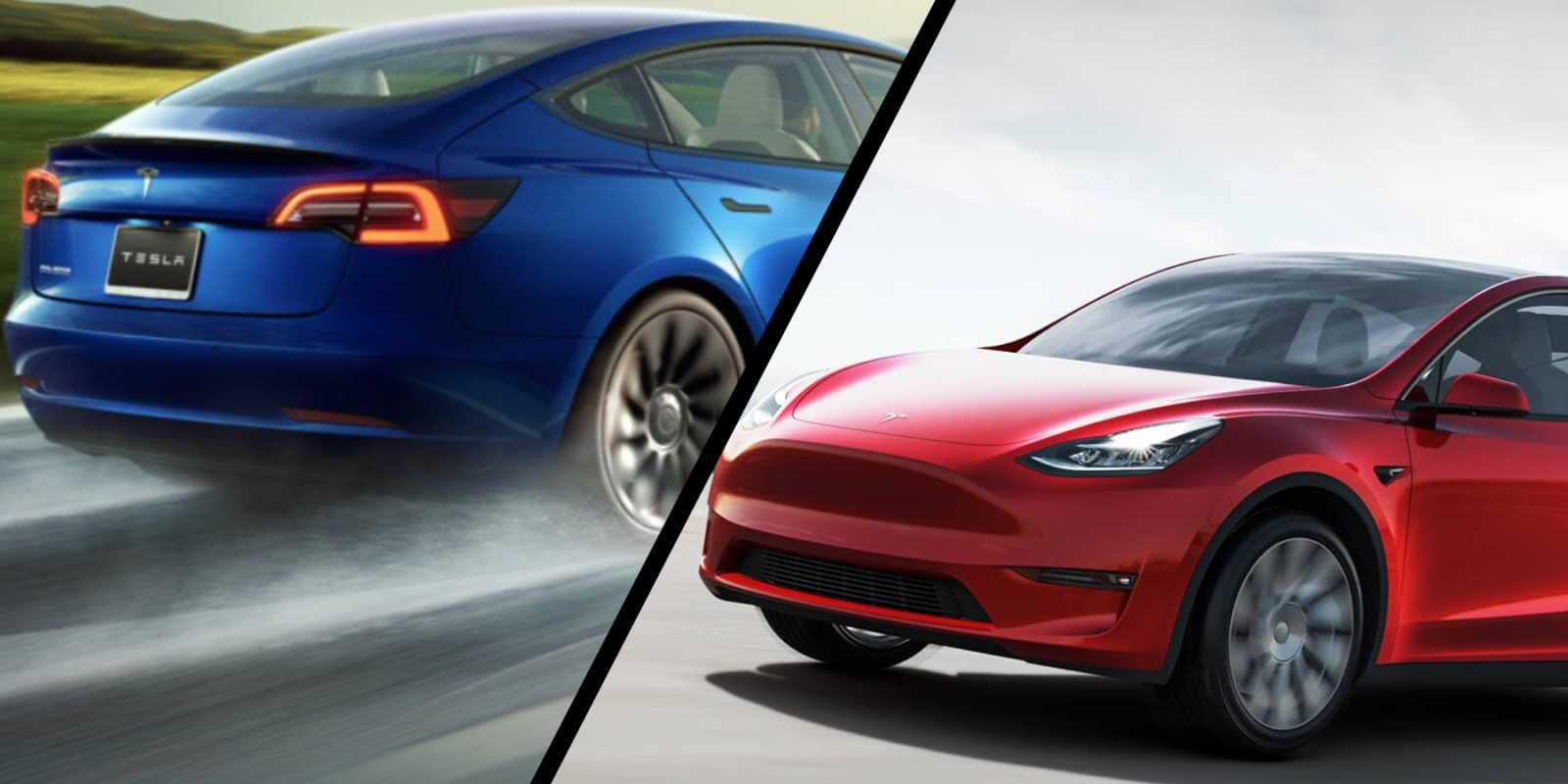
Tesla has followed up on recent price cuts in the US with significant price drops on the Model 3 and Model Y in Europe, up to 10% depending on the model and market. Price cuts also reached Israel and Singapore.
After raising prices significantly throughout 2021 and 2022, Tesla finally has been letting some air out of their car prices since the start of this year. We saw big price drops in the US and in China in January and various discounts and incentives as well.
This led to the conclusion that Tesla was finally seeing a plateauing of demand – at least at the high prices the company was charging.
Price drops reinvigorated that demand, and Tesla’s vehicles have been breaking sales records and showing up in lists of the most popular cars in the world and in various countries.
And yet, the company has still seen fit to continue to cut prices.
The biggest change we’re aware of is the Performance Model 3, which got a €6,000 discount from €59,990 to €53,990 in France and the Netherlands. The same discount is applied in Germany, where it costs €1,000 more.
While we don’t track every trim level and model in every European country, Tesla prices are usually similar within a region. So, European customers can expect a 5-10% discount on most trim levels in most countries. It looks like higher trims got larger cuts and lower trims smaller ones, in general.
One exception is Norway, where the Long Range Model Y actually went up in price slightly, by 10,000 NOK, just under €900.
Prices were also cut in some markets outside of Europe, such as Singapore and Israel.
Tesla said that these cuts have been possible due to production scaling:
Our mission is to accelerate the transition to renewable energy. Our masterplan has set a clear pathway to achieve that mission: the transformation of cost-intensive small-series products to cheaper mass-series vehicles.
Gigafactory Berlin recently reached a production landmark of 5,000 vehicles per week, which is a rapid improvement from 3,000 vehicles per week at the end of last year.
Tesla’s Q1 earnings call is Wednesday, April 19. We’re sure we’ll hear more on the call about how the company’s deep price cuts since the beginning of the year have affected margins and demand.
Electrek’s Take
These price cuts have caused interesting reaction from Tesla fans, with a lot of considerations going into everyone’s opinion of what’s happening here.
On the one hand, it’s better for customers if products are cheaper, and these products have gotten significantly cheaper. On the other hand, prices were going up for so long that we’re really just getting closer to where we started from, rather than getting unheard-of low prices.
Then there are the angry customers who recently bought a Tesla just before the price drops, and see the residual value of their car tank by thousands or even tens of thousands of dollars overnight. This isn’t the greatest thing to see, but if the price of other cars you might replace your car with also went down, did you really lose any money?
Then there’s the consideration of Tesla’s margins, which are extraordinarily high. This gives them the option of starting a price war, which other automakers don’t have. As Tesla cuts its prices, other companies may need to follow suit. So this can be good for non-Tesla shoppers as well.
But a lot of Tesla owners are also Tesla shareholders, who of course want the company to keep selling as many cars as it can, and making as much money as it can on those cars it’s selling. This leads to concerns over demand – is Tesla cutting prices because they are having trouble selling cars? If so, why are they breaking sales records? If they’re breaking sales records, why are they cutting prices?
And how does this all relate to inflation and supply chain challenges? We’ve seen supply chains get less impacted, and the resulting inflation from this imbalance of supply and demand has started to cool. But this could also be a matter of consumers getting more wary about where they spend their money in an uncertain economy.
Throw in the many changes to the EV tax credit and you’ve got a stew with perhaps a few too many ingredients in it.
Frankly, I say we all just simplify this and take the good news at face value: Prices are lower, and that’s good for people who buy cars. That describes most of the people reading this. So, we get to save some money. Yay.
